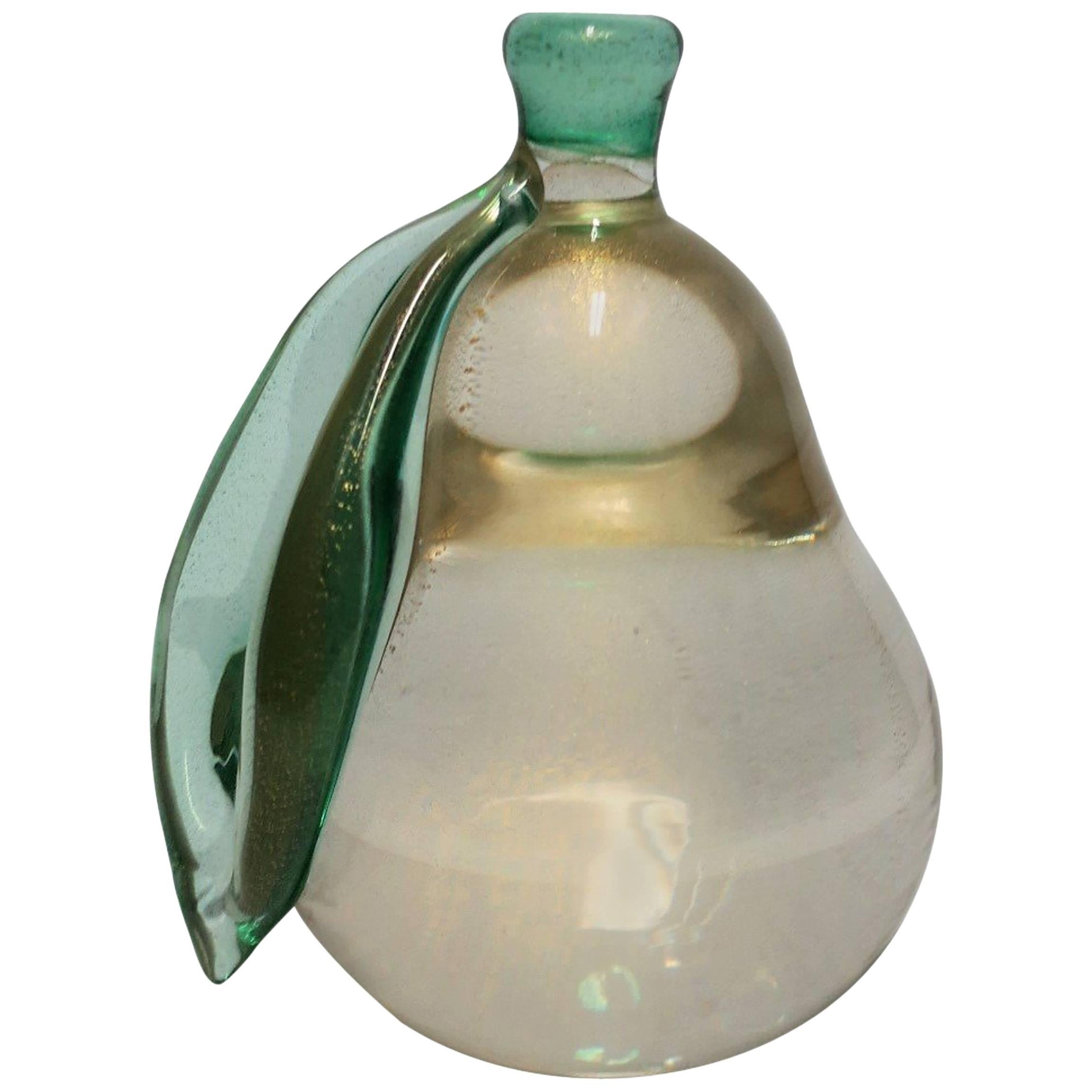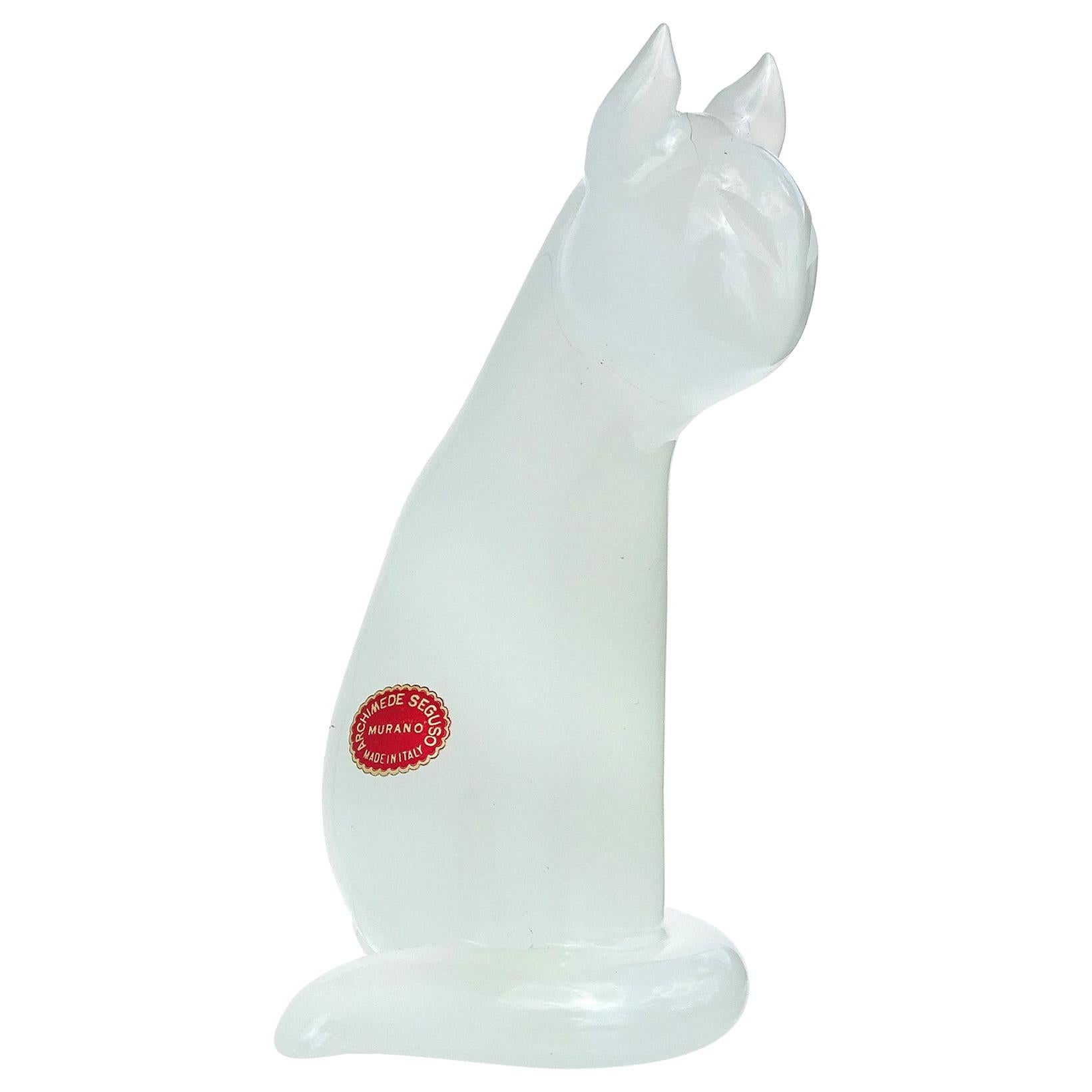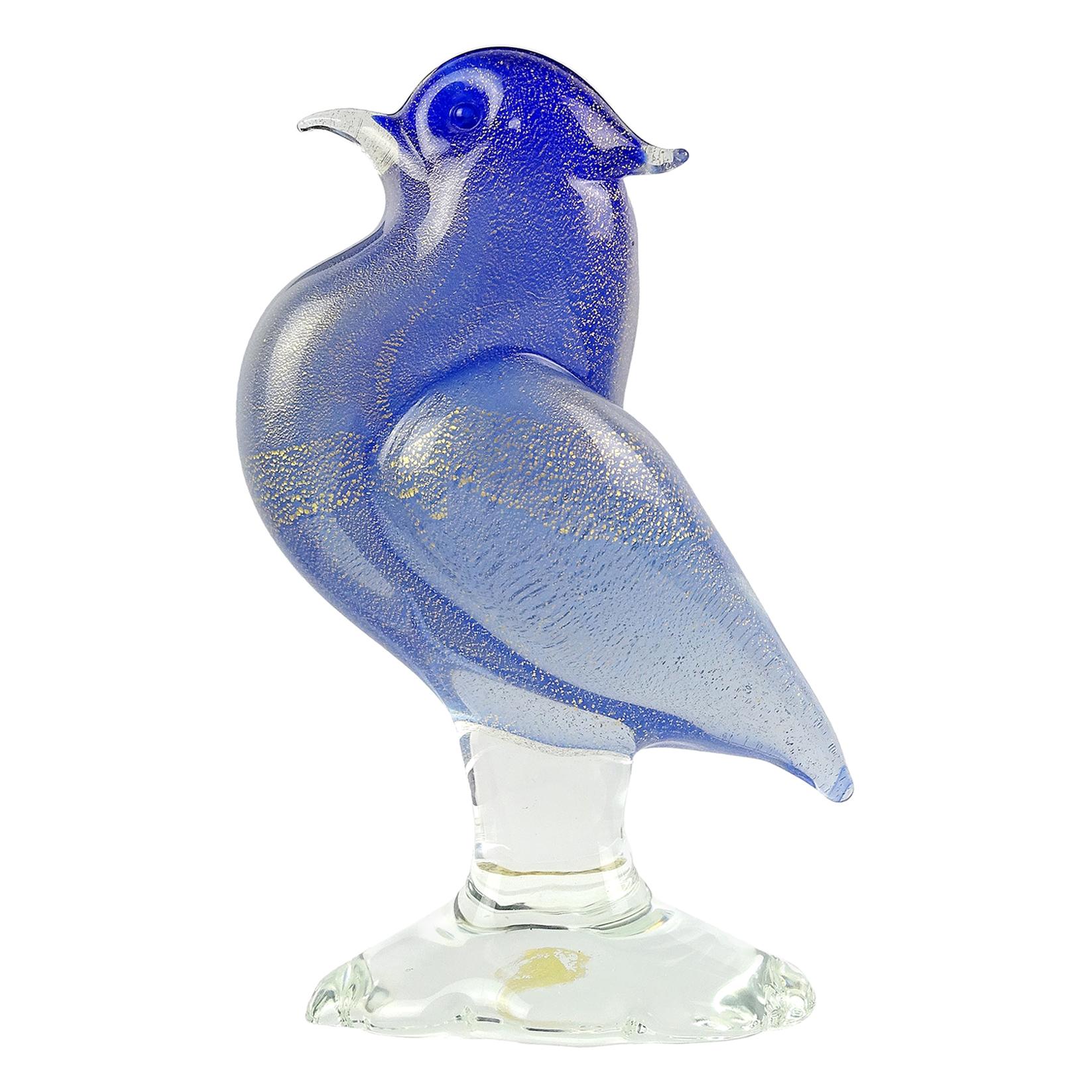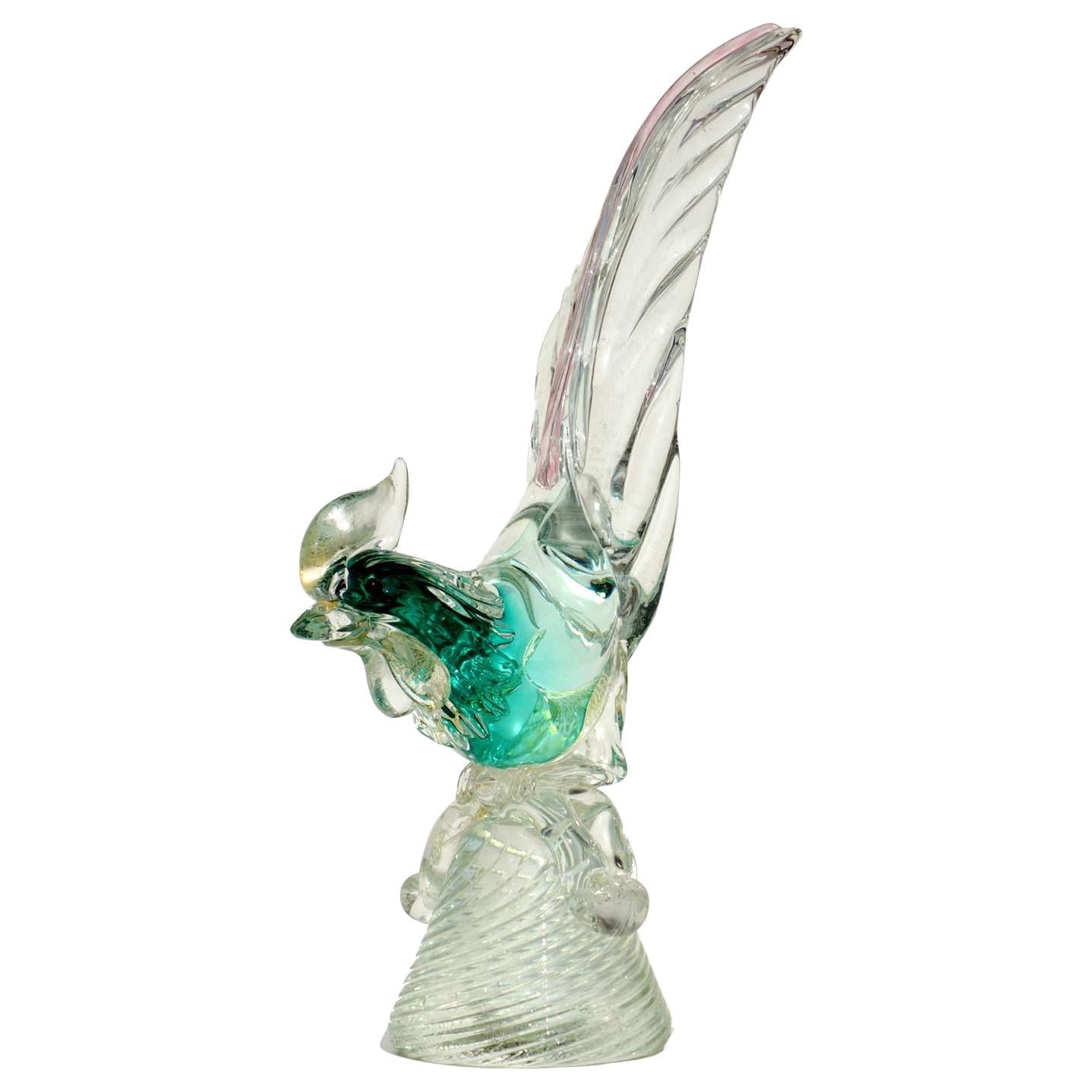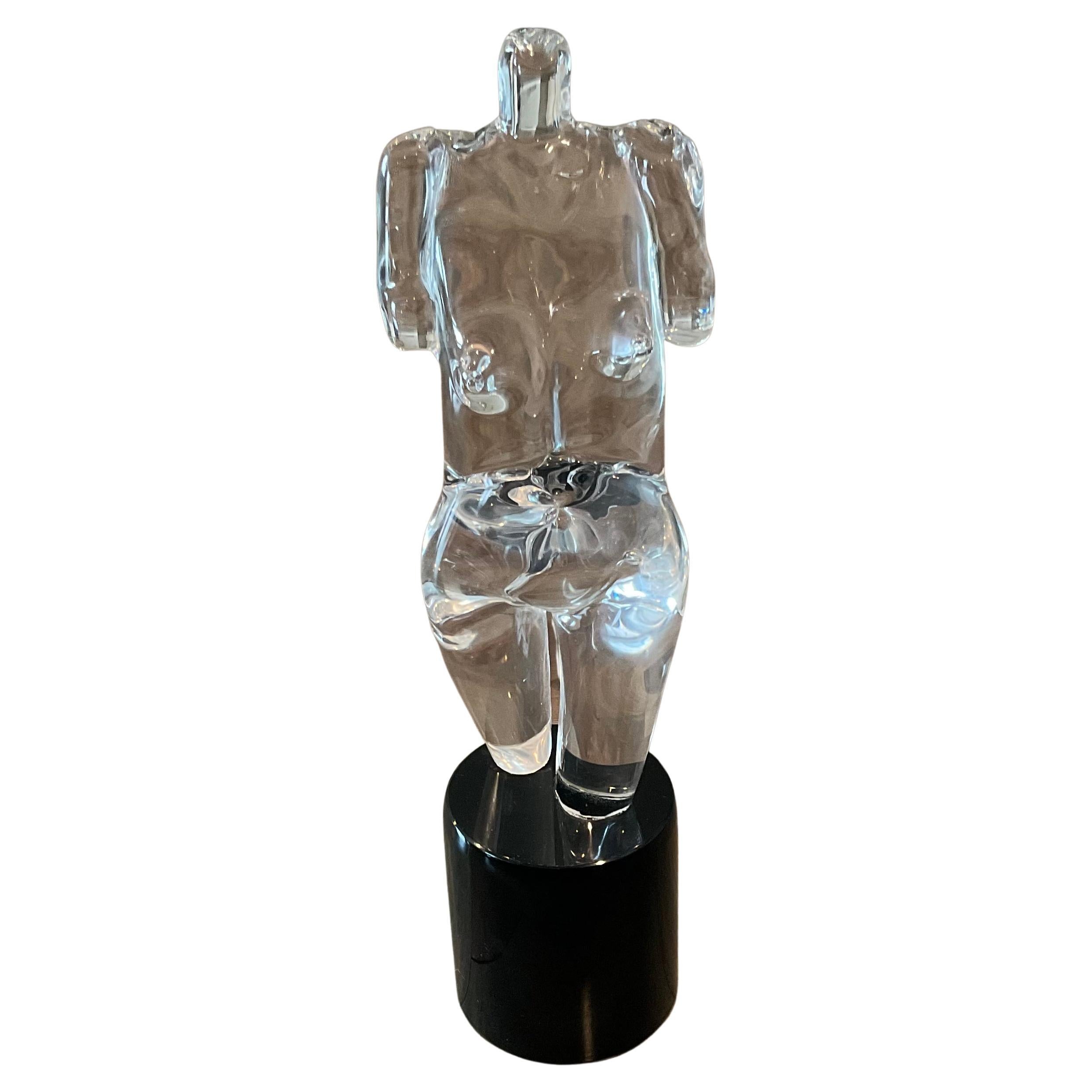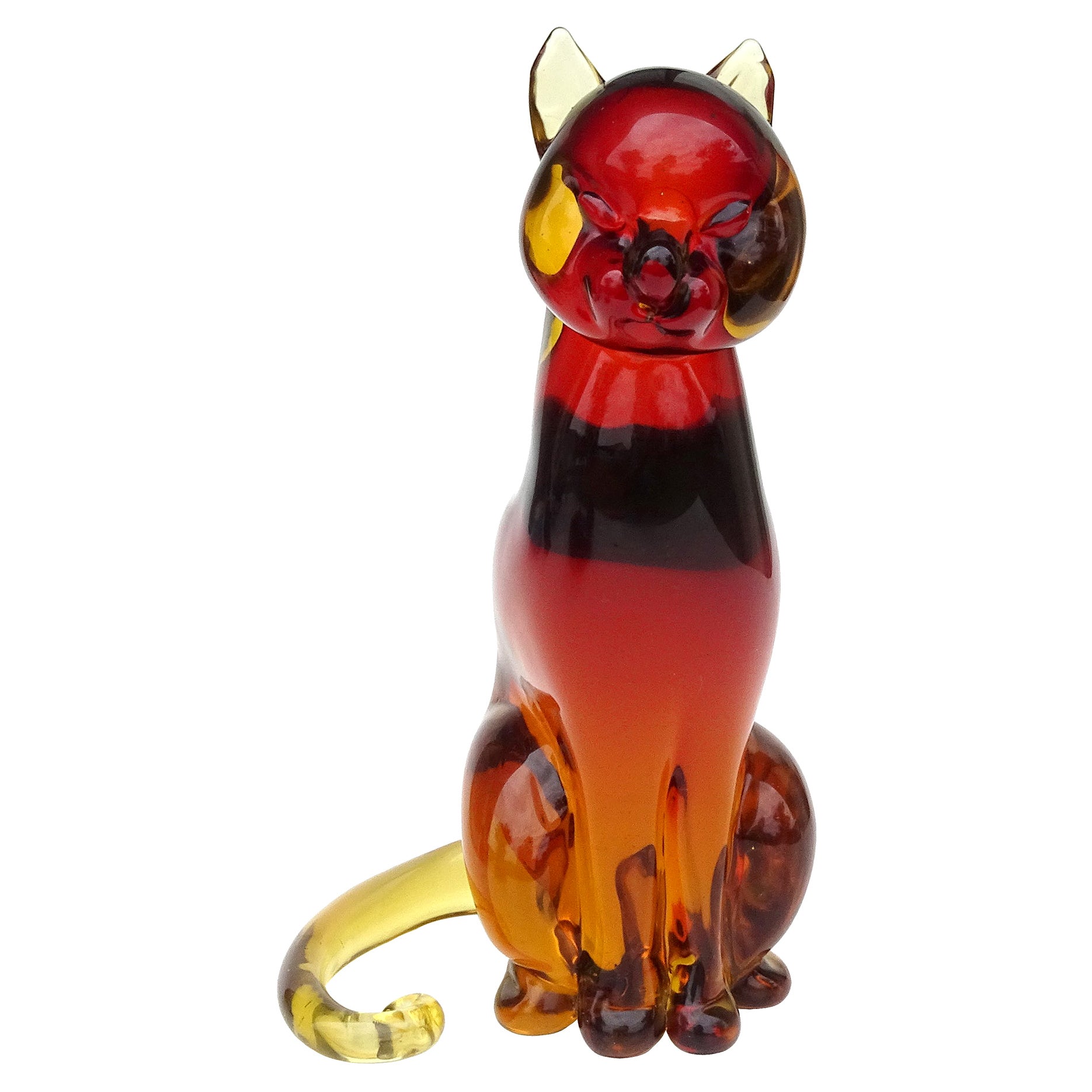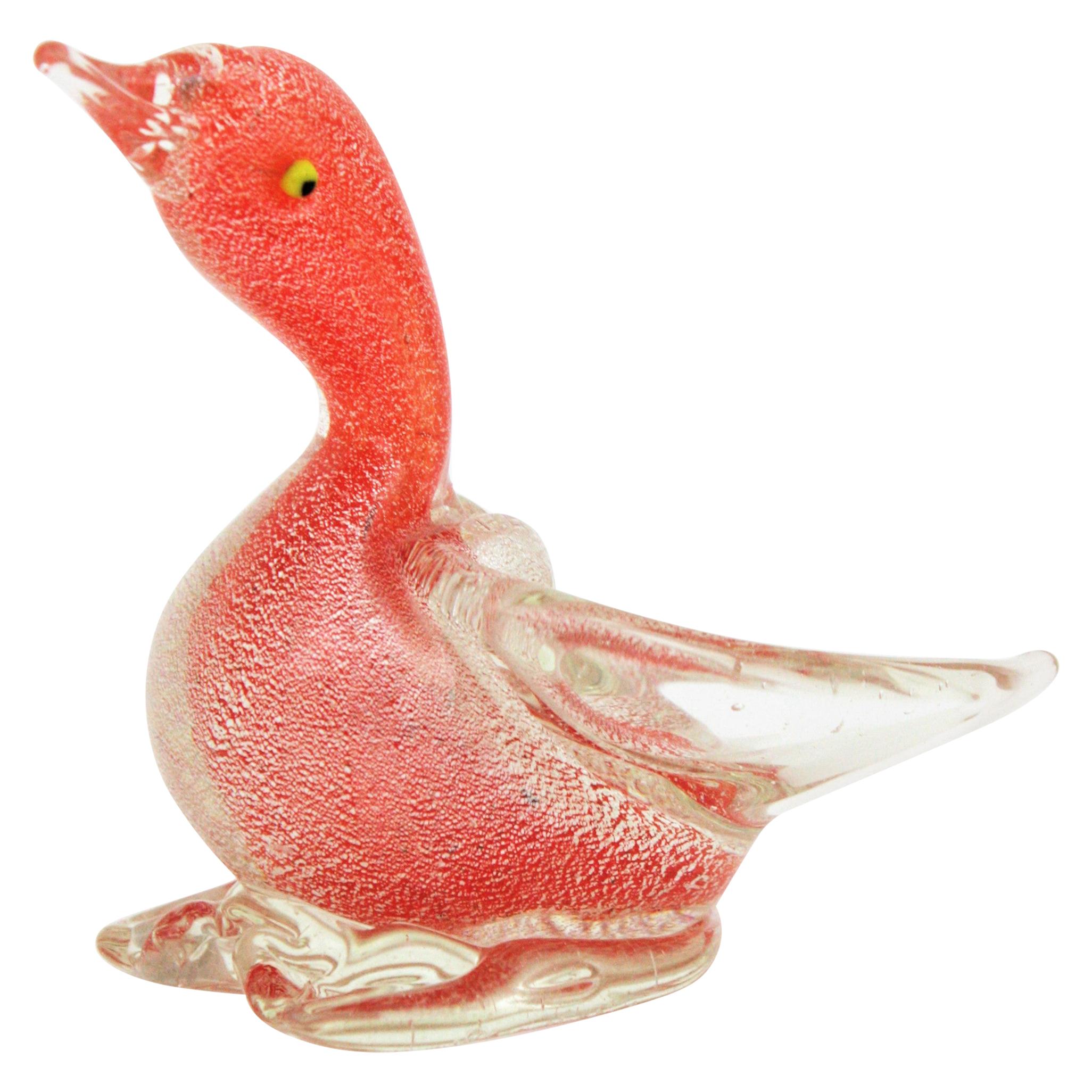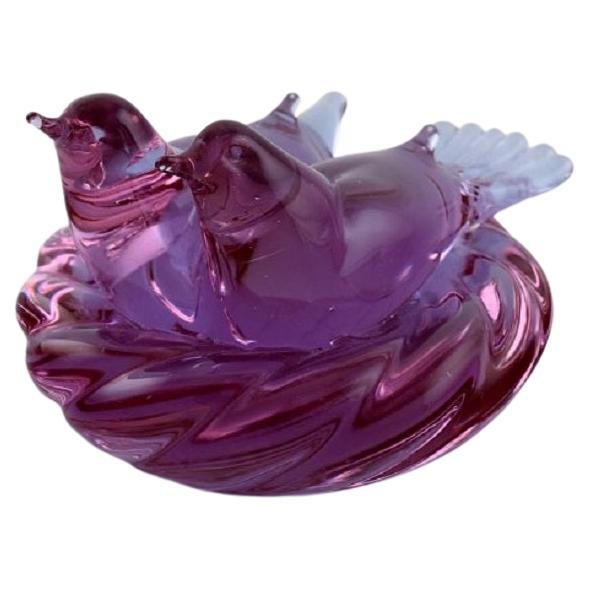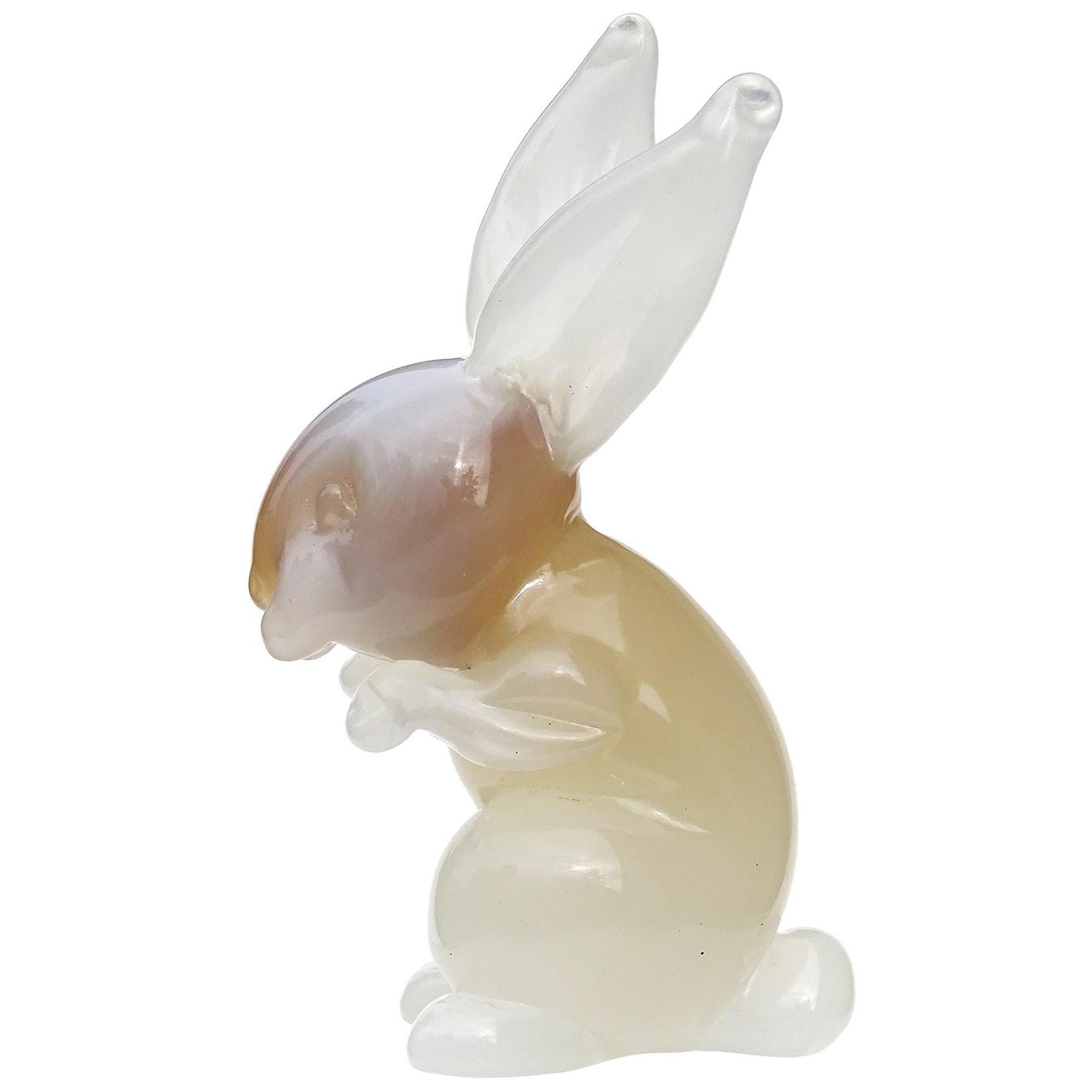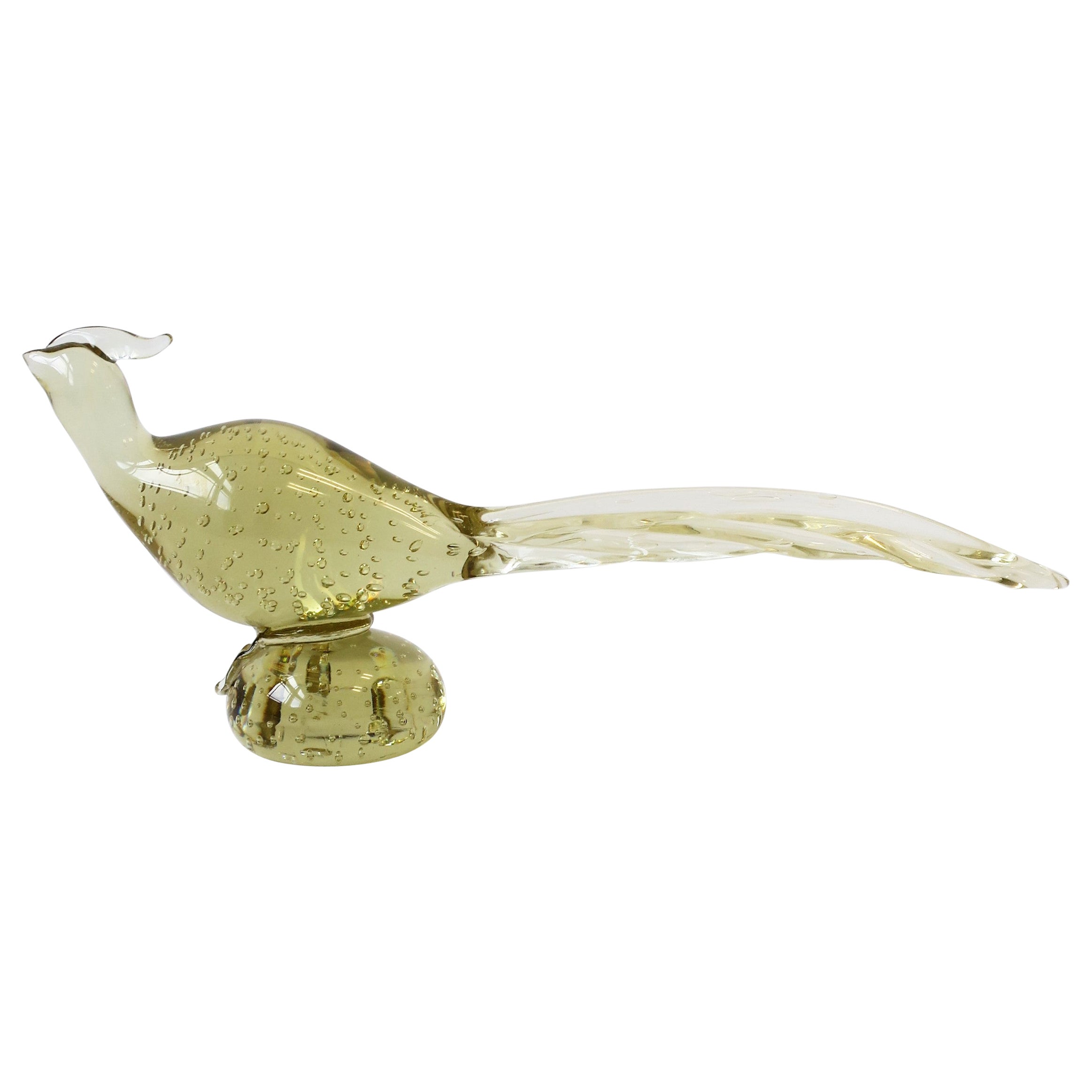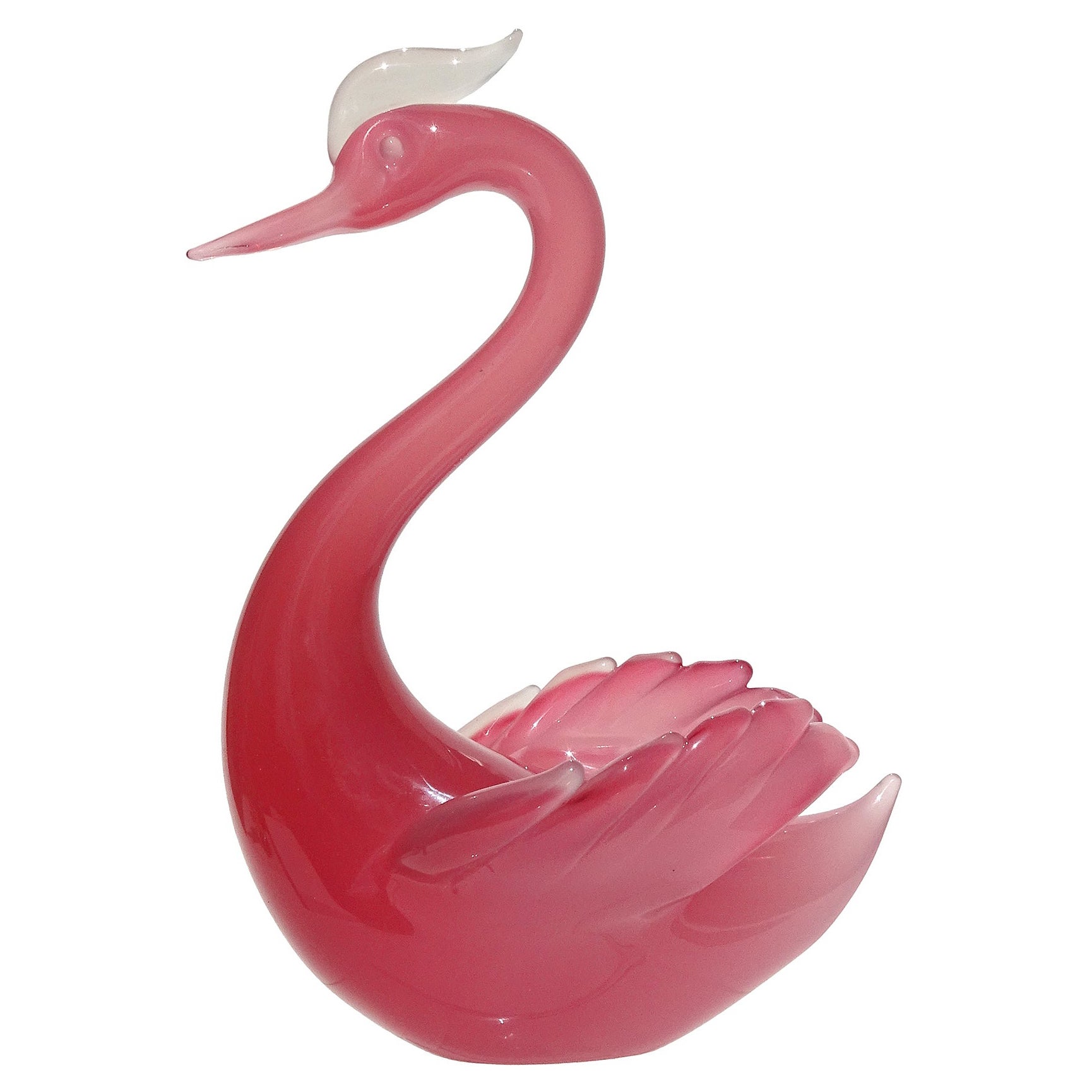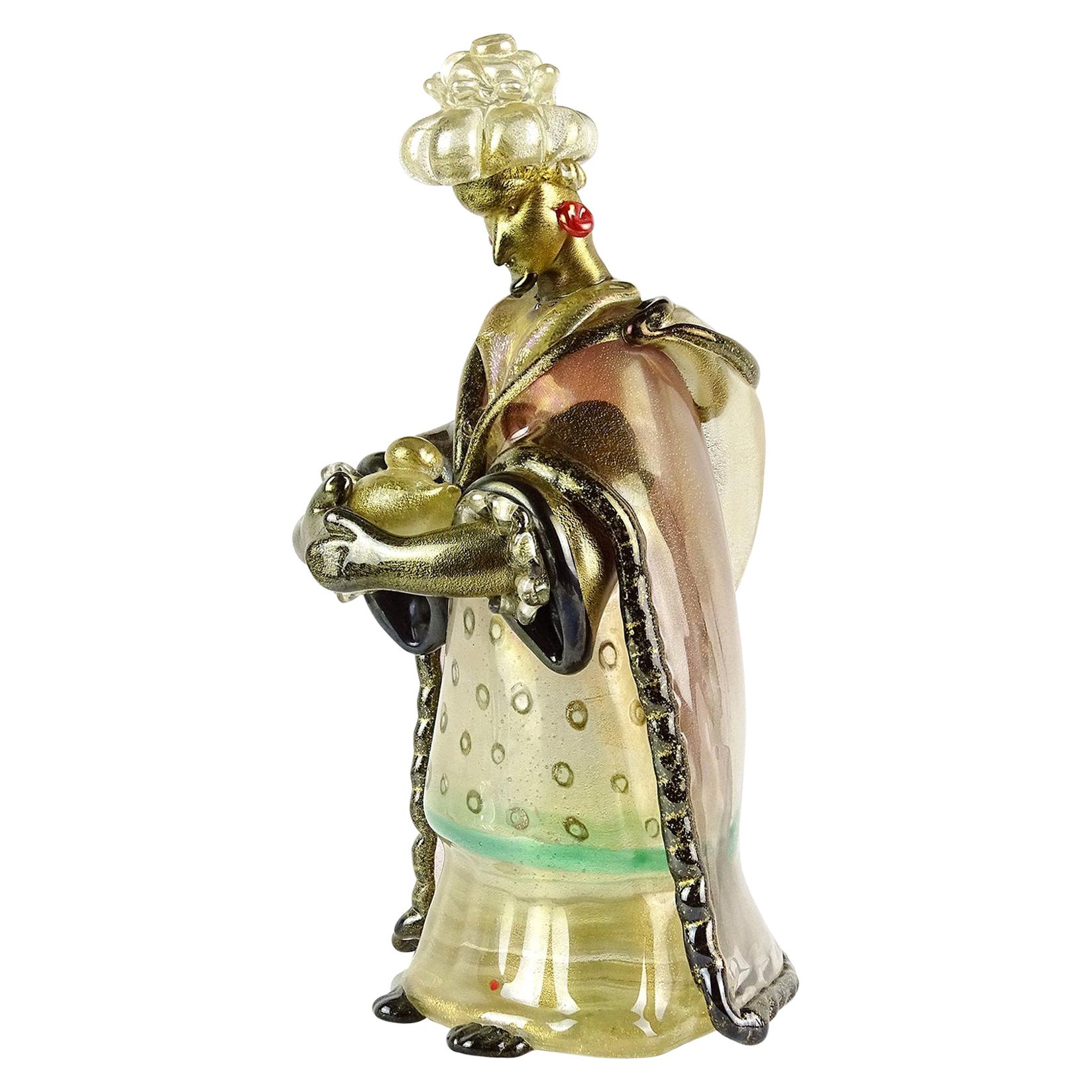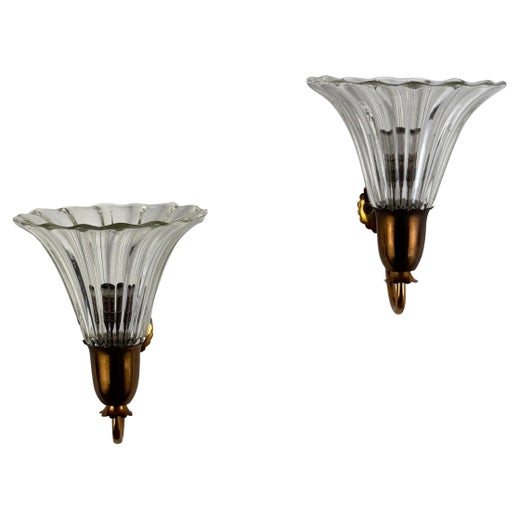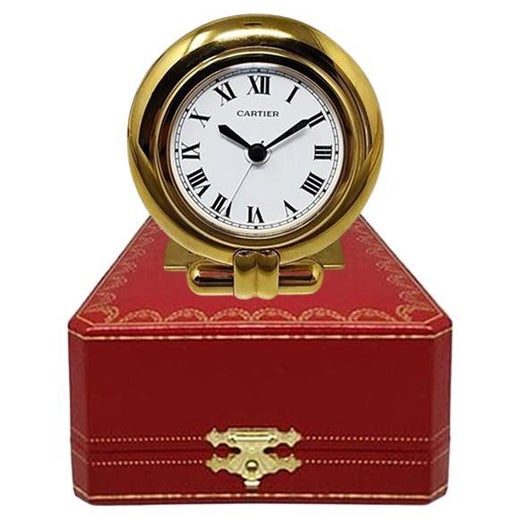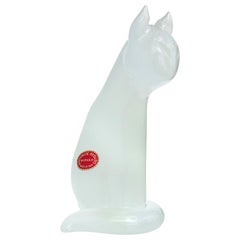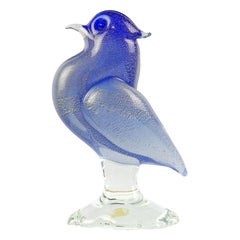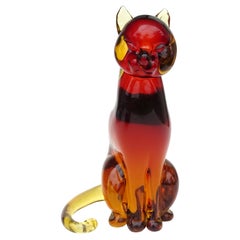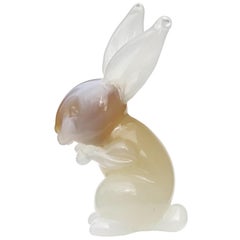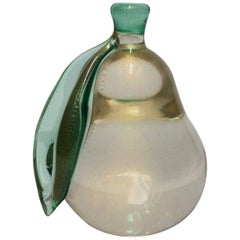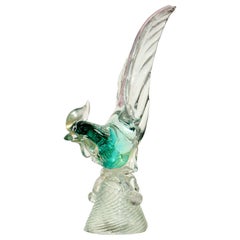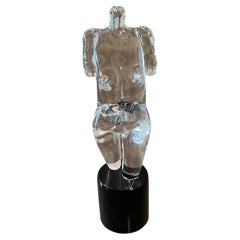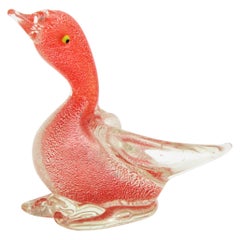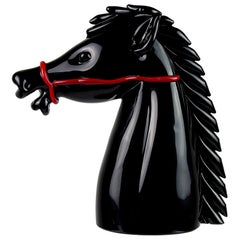
Cartier Archimede Seguso Murano Black Red Italian Art Glass Horse Head Sculpture
View Similar Items
Cartier Archimede Seguso Murano Black Red Italian Art Glass Horse Head Sculpture
About the Item
- Creator:Archimede Seguso (Designer),Cartier (Jeweler)
- Dimensions:Height: 7 in (17.78 cm)Width: 6.5 in (16.51 cm)Depth: 2.63 in (6.69 cm)
- Style:Mid-Century Modern (In the Style Of)
- Materials and Techniques:
- Place of Origin:
- Period:
- Date of Manufacture:circa 1970-1980
- Condition:Wear consistent with age and use.
- Seller Location:Kissimmee, FL
- Reference Number:Seller: 59951stDibs: LU974117188921
Archimede Seguso
Archimede Seguso redefined a 650-year family history of Murano glass-making with brilliance and novel techniques, elevating him to an exemplar for the maestros of his time as well as for future generations of glassmakers. This next generation included his sons and grandsons, who carried on and further expanded the family legacy of Venetian art glass. The survival and revival of traditional glassblowing combined with unique design are the legacies left behind by a master.
Seguso grew up in the family furnaces of the Soffieria Barovier Seguso and Ferro, where his training began at age 11. By the time he turned 20, he was a maestro in his own right, joining the family business as a partner.
In 1933 the company changed its name to Seguso Vetri D’Arte, and Seguso gained sole control. He collaborated with designers Flavio Poli and Vittorio Zecchin, which allowed him to achieve artistic sovereignty leading to the opening in 1946 of his own furnace, Vetreria Seguso Archimede. There, he could explore his design ideas with creative freedom. In 2007, the 23rd generation of Seguso glassmakers took the lead at Seguso Vetri D’Arte. Brothers Gianluca, Pierpaolo and Gianandrea Seguso carry a six-century dynasty of Seguso glass into the 21st century.
Archimede Seguso’s art glass pays homage to tradition. Seguso studied and mastered techniques from centuries past, but he also pioneered innovative approaches, such as submersion and unconventional color constitutions. He awarded future generations with stunning and unprecedented effects, such as ribbed textures, rings, needle shapes and the appearance of embedded objects.
A lifetime of achievement created by Seguso is honored in museums worldwide, such as the Victoria and Albert Museum in London, MoMA in New York and Museum Kunstpalast in Dusseldorf, to name a few. His exhibit resume spans decades, beginning with XX Biennale, Venezia, in 1936. It includes a 1989 exhibit of “Il Maestro dei Maestri” at Tiffany & Co., New York, and 2013 exhibitions at Musée Maillol in Paris and Museo della Basilica di San Marco in Venice.
On 1stDibs, find vintage Archimede Seguso glass, decorative objects, lighting and mirrors alongside a collection from his brother Angelo Seguso and his grandsons’ firm Seguso Viro.
Cartier
For its extraordinary range of bracelets, watches, rings and other adornments, French luxury house Cartier is undeniably one of the most well known and internationally revered jewelers in the world among clients both existing and aspirational.
Perhaps 1847 was not the ideal time to open a new watchmaking and jewelry business, as the French Revolution was not kind to the aristocracy who could afford such luxuries. Nevertheless, it was the year Louis-François Cartier (1819–1904) — who was born into poverty — founded his eponymous empire, assuming control of the workshop of watchmaker Adolphe Picard, under whom he had previously been employed as an assistant. Of course, in the beginning, it was a relatively modest affair, but by the late 1850s, Cartier had its first royal client, Princess Mathilde Bonaparte, niece of Napoleon Bonaparte, who commissioned the jeweler to design brooches, earrings and other accessories.
Under the leadership of Louis-François’s son, Alfred, who took over in 1874, business boomed. Royalty around the world wore Cartier pieces, including Tsar Nicholas II of Russia, the Maharaja of Patiala and King Edward VII, who had 27 tiaras made by the jewelry house for his coronation in 1902 and issued Cartier a royal warrant in 1904. (Today, the British royal family still dons Cartier pieces; Kate Middleton, Duchess of Cambridge, regularly sports a Ballon Bleu de Cartier watch.)
Cartier’s golden years, however, began when Alfred introduced his three sons, Louis, Pierre and Jacques, to the business. The brothers expanded Cartier globally: Louis reigned in Paris, Pierre in New York and Jacques in London, ensuring their brand’s consistency at their branches across the world. The trio also brought in such talents as Charles Jacqueau and Jeanne Toussaint.
One of Cartier’s earliest major successes was the Santos de Cartier watch — one of the world's first modern wristwatches for men. (Previously, a large number of people were using only pocket watches.) Louis designed the timepiece in 1904 for his friend, popular Brazilian aviator Alberto Santos-Dumont, who wanted to be able to check the time more easily while flying.
Cartier’s other famous timepieces include the Tank watch, which was inspired by the linear form of military tanks during World War I, and the so-called mystery clocks. Invented by watchmaker and magician Jean-Eugène Robert-Houdin and later crafted exclusively for Cartier in the house’s workshop by watchmaker Maurice Couët, the mystery clocks were so named because the integration of glass dials on which the clocks’ hands would seemingly float as well as structures that are hidden away within the base give the illusion that they operate without machinery.
On the jewelry side of the business, Cartier’s internationally renowned offerings include the Tutti Frutti collection, which featured colorful carved gemstones inspired by Jacques’s trip to India and grew in popularity during the Art Deco years; the panthère motif, which has been incorporated into everything from brooches to rings; and the Love bracelet, a minimal, modernist locking bangle inspired by medieval chastity belts that transformed fine jewelry.
While the Cartier family sold the business following the death of Pierre in 1964, the brand continues to innovate today, renewing old hits and creating new masterpieces.
Find contemporary and vintage Cartier watches, engagement rings, necklaces and other accessories on 1stDibs.
More From This Seller
View AllMid-20th Century Italian Mid-Century Modern Animal Sculptures
Art Glass, Blown Glass, Murano Glass, Opaline Glass, Glass
Mid-20th Century Italian Mid-Century Modern Animal Sculptures
Gold Leaf
Mid-20th Century Italian Mid-Century Modern Animal Sculptures
Glass, Art Glass, Blown Glass, Murano Glass, Sommerso
Vintage 1950s Italian Mid-Century Modern Animal Sculptures
Art Glass, Blown Glass, Murano Glass, Opaline Glass, Glass
Mid-20th Century Italian Mid-Century Modern Animal Sculptures
Glass, Art Glass, Blown Glass, Murano Glass, Opaline Glass
Mid-20th Century Italian Mid-Century Modern Figurative Sculptures
Gold Leaf
You May Also Like
Mid-20th Century Italian Mid-Century Modern Abstract Sculptures
Murano Glass, Art Glass, Blown Glass
Vintage 1950s Italian Mid-Century Modern Glass
Blown Glass
Vintage 1970s Italian Glass
Art Glass
Mid-20th Century Italian Mid-Century Modern Glass
Silver Leaf
Vintage 1970s Italian Glass
Art Glass
Mid-20th Century Italian Mid-Century Modern Glass
Art Glass, Blown Glass, Murano Glass
Recently Viewed
View AllRead More
This Cartier Panthère Watch Is as Effortlessly Elegant as It Is Wearable
Cartier understands the value of preserving the signature codes of great design, and how to tweak it for modern aficionados.
These White Lotus Guests Have the Most Compelling Watches
Throughout the season, timepieces are clues to the characters' character.
